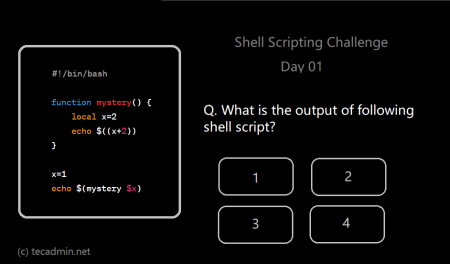As we navigate through the world of Unix-like operating systems, we come across different shell environments, each with its unique features and capabilities. Two commonly used shell environments are Bash (Bourne Again Shell) and Zsh (Z Shell). In this article, we’ll explore these two shells in-depth, highlighting their differences, and trying to understand which might be better suited for different scenarios.
What is a Shell?
Before we delve into the differences, let’s briefly define what a shell is. A shell is an interface that allows users to interact with the operating system. It can be graphical (GUI) or command-line-based (CLI). Bash and Zsh are examples of command-line shells.
Bash (Bourne Again Shell)
Bash is a free software Unix shell written for the GNU Project. It was designed as a replacement for the Bourne Shell (hence the name Bourne Again Shell) and includes features from the Korn shell and C shell. Bash is the default shell on many Unix-like systems, including Linux distributions and MacOS (until version 10.14 Mojave).
Zsh (Z Shell)
Zsh, on the other hand, is also a Unix shell that was designed to be interactive and includes many features of other shells such as ksh and tcsh. It’s known for its interactive features and improved shell features like spelling correction, cd automation, better array handling, and more.
Key Differences Between Bash and Zsh
- Interactive User Experience
Zsh provides superior interactive usage. For example, it provides improved tab completion. When there are multiple options for completion, it will show a list that you can navigate instead of just cycling through options like in Bash.
Bash:
cd D<tab><tab>Desktop/ Documents/ Downloads/Zsh:
cd D<tab>Desktop/ Documents/ Downloads/ - Command Autocorrection
Zsh can suggest corrections for misspelled commands, while Bash doesn’t have this feature.
Zsh:
ectho hellozsh: correct 'ectho' to 'echo' [nyae]? y hello - Extended Globbing
Zsh has superior globbing capabilities. It allows you to use wildcard characters to match filenames or strings. For example, you can use
**to match files in all subdirectories.Bash:
echo *.txtfile1.txt file2.txtZsh:
echo **/*.txtdir1/file1.txt dir1/file2.txt dir2/file3.txt - Arrays
Handling arrays in Zsh is much easier and more intuitive than in Bash. In Zsh, arrays start at index 1, while in Bash, they start at index 0.
Bash:
arr=(one two three)echo ${arr[0]}oneZsh:
arr=(one two three)echo ${arr[1]}one - Default Shell
Until MacOS Catalina, Bash was the default shell on MacOS. But from MacOS Catalina onward, Zsh is the default shell. This move is significant because it may lead to more widespread Zsh adoption.
Which One Should You Use?
It comes down to personal preference and the specific needs of your workflow. If you value backward compatibility and wide usage, Bash is a good choice. It’s the default shell on many systems and is excellent for scripting.
Zsh, on the other hand, is perfect for those who appreciate a more robust interactive shell experience. With its advanced features like superior autocorrection, improved globbing, and more intuitive array handling, Zsh offers a more user-friendly interface and is highly customizable.
One other thing to consider is the community and resources available. Bash, being older and more widely adopted, has a vast amount of scripts, commands, and resources available online. This wealth of information can be invaluable, especially when troubleshooting or trying to understand complex scripting scenarios.
Zsh, while younger and less prevalent, has been gaining in popularity, especially with the Oh My Zsh community. Oh My Zsh is an open-source, community-driven framework for managing your Zsh configuration, and it comes with a lot of helpful functions, helpers, plugins, and themes.
Transitioning from Bash to Zsh
If you’re considering switching from Bash to Zsh, you’ll be glad to know the transition is usually quite smooth. Zsh is largely compatible with Bash as it was designed to incorporate many of the features and commands that Bash users are familiar with. This means that most of your Bash scripts and command history should work in Zsh.
However, there are some differences in syntax and behavior, particularly in more advanced features like arrays and pattern matching, so be prepared to make some modifications if you’re migrating complex scripts.
Conclusion
In the end, whether you choose Bash or Zsh largely depends on your needs and preferences. Bash is ubiquitous, reliable, and excellent for scripting. Zsh, with its advanced interactive features, is a powerful tool for those who spend a lot of time on the command line.
Whichever shell you choose, remember that learning the ins and outs of your environment can significantly boost your productivity and make tasks more enjoyable. Happy coding!
